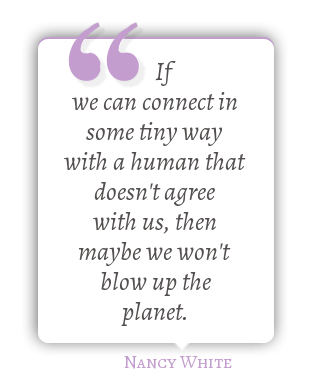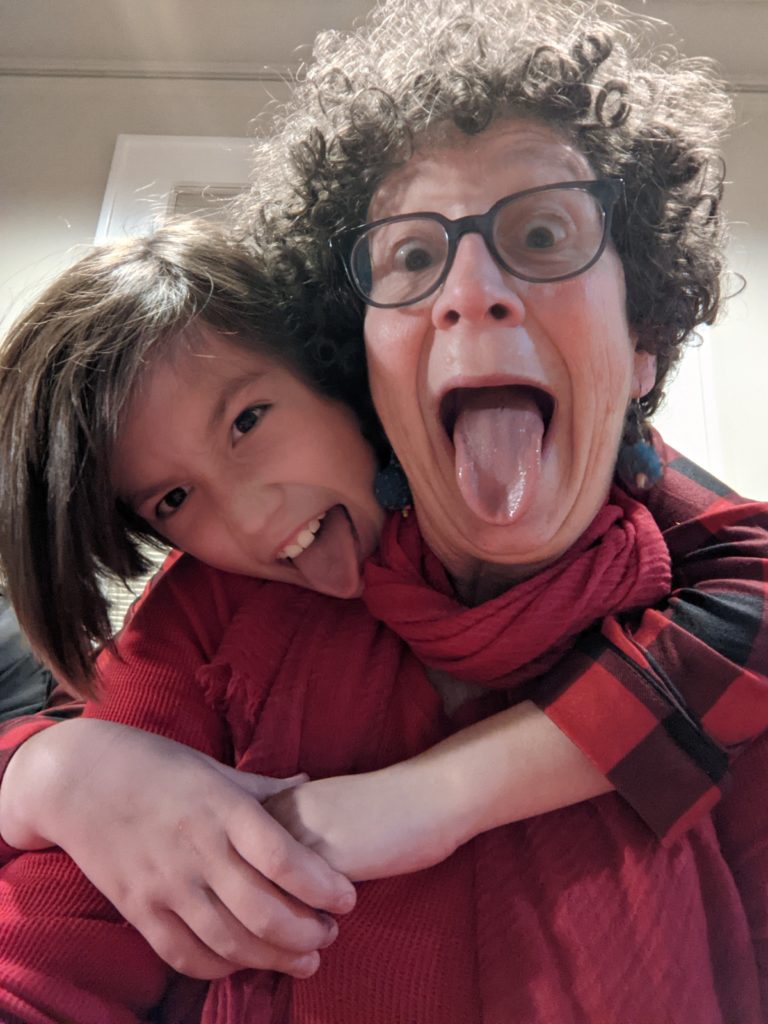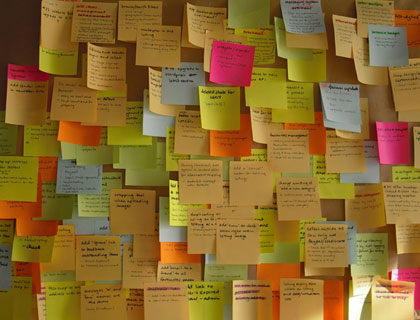From the draft archives: I never quite figured out how I felt to be have a quote noted as a motivational quote. 🙂
Category: online facilitation
Community Management is Not New AND it always evolves…
Community Management is Not New » ManagingCommunities.com.
From the draft archives, 2012: It is just down right fun and funny to read this post by Patrick O’Keef from 2012. Some of you reading this know what I’m grinning at. ‘Nuff said.
From the Archives: David Grady: The Conference Call Dynamics are Still Real
It breaks my heart that although the tools we use have changed, our terrible online meeting habits persist. Mama mia! A classic Monday Video. Complete with dogs, which are still in the picture!
via YouTube – David Grady: The Conference Call.
From the Archives: Tom Atlee – Responding deeper than symptoms
The blog link for this amazing quote from 2011 is dead, but Tom Atlee (Co-Intelligence Institute) continues his amazing work (you can support the Institute here.)
As I reflect on the quote, I think of the current high level of polarity that we so often seem to want to ignore, gloss over of simply avoid by not interacting with those who believe differently than we do. If we just focus on symptoms, we just make it worse. See a few ideas below the quote…
Just because some energy or activity ceases to be clearly and publicly visible, doesn’t mean it has died or gone away. Especially when you suppress it with violence, you almost guarantee it will continue, growing and evolving, surfacing with new energy and impacts in new times and places, often to people’s great surprise. Addressing symptoms of a disturbance seldom handles the cause, which will soon find other outlets to manifest whatever need is not being met.
Tom Atlee, Co-Intelligence Institute
I appreciate a few of the Liberating Structures that help us step past our assumptions (the place of just focusing on symptoms and not causes?) such as Critical Uncertainties, Agreement Certainty Matrix and Ecocycle. When we offload some of the posturing and judgement and give some space for sense making, we can get closer to cause.
via What happens now with OWS? – Random Communications from an Evolutionary Edge.
From the Archives: Nice Attention Assessment Activity
These 2011 tips on assessing attention in an online learning context could work for any of our Zoom/Teams meetings now a days. It reminds me of the red-green-yellow cards that Jerry Michalski used to use at his F2F retreats. (Green – keep going, Red – Stop, enough! Yellow – I have a question). I’m going to try this next online meeting I host!
Howard has been working with his students on something that he calls “Infotention” (yup! there’s another one!) – developing your attention skills, training your attention span, and learning how to use IT skills (RSS feeds, persistent news search, and dashboards) to support your attention. As Howard put it, it’s critical to use the information that’s flowing into you in a way that allows you to make faster and better decisions. Asking yourself, for example…Ignore or attend? Open a tab for later? What are the right spatial arrangements (highest priority on the left, most frequently updated is on the top). He tries to help his students match their attention to the tool set, to start small and cultivate habits. He also cautions that there are days we must recognize that we need to get something specific done and therefore must be mindful of how your attention is spent. Set a goal and then regularly, through the day, ask yourself, is what I am doing now bringing me closer to my goal for the day?
He described an interesting (very low tech) activity he does with his students using yellow, orange and red post-it notes. A gong goes off at irregular intervals and, at that point, students write down what they were thinking about on the appropriate colored post-it notes. Yellow if the thought was on task, orange if it tangential to the task at hand, and red if it was off task. The post-its get assembled in a common spot on the board (this could be done online as well) so that the entire class can track its collective “infotention”.



